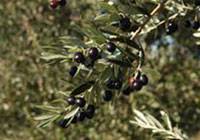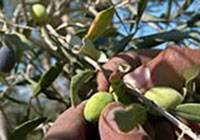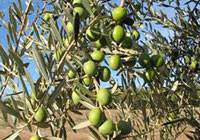De Zeekoe’s Olive Trees
My topic for the week is the interesting uses for olives, but firstly I’d like to tell you a little bit more about the history and preparation of this interesting delicacy.
The olive originated from the Eastern Mediterranean area. “Domesticated” olives were cultivated at the frontier between Turkey and Syria. Domesticated olives are larger and juicier than the wild varieties.
The olive tree symbolises many interesting meanings. Such as peace for the Jews. In the book of Genesis, Noah sent out a white dove from the arc to search for land. It returned with an olive branch which indicated the end of God’s anger and became an important symbol of peace. Olive oil also plays an important role in Christianity, from celebration of baptism to that of Palms Sunday.
There are various ways in which olives are cured. They can be cured in water, brine, lye, oil or even dry cured. By curing them in brine (salted water), is the most common way to get rid of the bitterness. This process may take anything from 6 weeks to 9 months or even longer. The curing time depends on the variety, desired texture and taste. The colours vary as well, but this depends on how long the olive has been allowed to ripen and hang on the tree and not with the cultivar. The fruit starts out a yellowish green, then during months of ripening on the tree, they turn green, then brown and eventually black.
On the farm here at De Zeekoe, we grow and harvest our olive trees. We then use it in our salads and even in some of our savoury breads, served at the dinner table.
   |
Escape the ordinary – Uncover your ideal guest house accommodation in Oudtshoorn today! Enjoy comfort, uncover hidden gems, and explore exciting things to do in Oudtshoorn while forging memories for a lifetime and forge memories for a lifetime. Your adventure in Oudtshoorn begins now! Plus, don’t miss our unforgettable meerkat tours, offering a unique and thrilling adventure you won’t find anywhere else!
Ready to create unforgettable memories? Book your accommodation now!
Experience something unique and book your Meerkat Tour – Book Now

